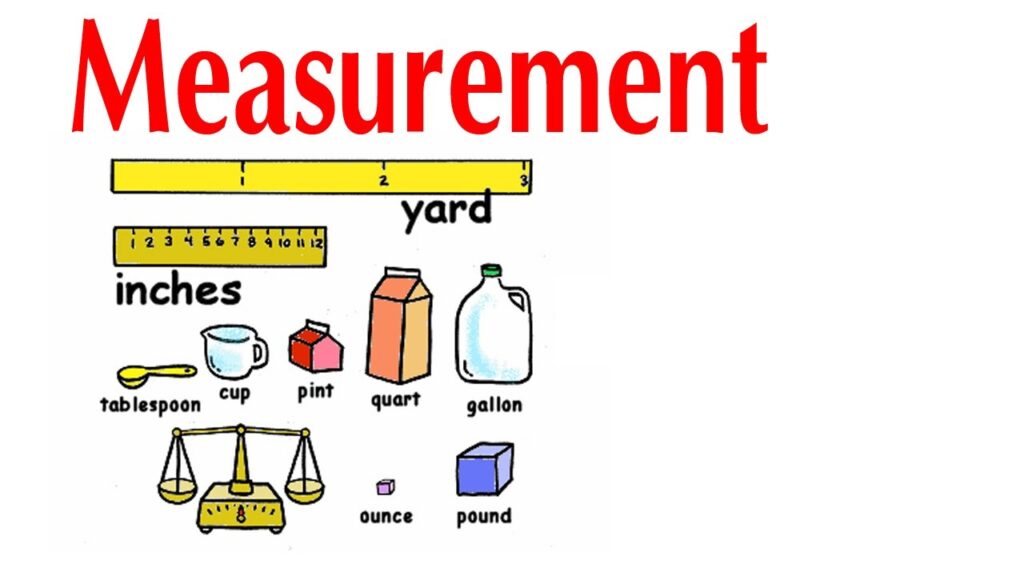What is the magic behind a Merry Go Round?

Have you ever experienced a Merry Go Round? It will indeed trigger childhood memories for all the adults who have tried this super fun amusement ride.
Modern Merry Go Round versions probably emerged in the early 1550s. They were pretty common in Europe and the Middle East. Later, it spread worldwide, appearing in new avatars and names.
Merry Go Round is a rotating machine with shapes of vehicles or animals which people ride for leisure. It is one of the children’s favourite rides in amusement parks worldwide. Various synonyms like roundabout, carousel, hurdy-gurdy, flying horses are used to name this circular moving ride.
It generally consists of a revolving circular base platform with equally spaced seats.
Nowadays, Merry Go Round has been made in many unique avatars. Traditionally, seats are placed in wooden rows of horses or any familiar animals fixed on posts. Mounts are designed as cars, bikes, or even aeroplanes.
Depending on the type of Merry Go Round, the whole structure may go up and down in a circular motion, or it may just move in a normal circular motion. Most of them mimic the galloping movement of animals like horses and zebras.
Science Of Rotating Objects
Whenever an object travels in a circular path, we can see that the object is explicitly accelerating because the velocity constantly varies.
The net force on the object is the sole reason for the acceleration. In circular motion an object always travels in a circular path, and the net force is called centripetal force.
This force is always directed towards the centre of the circle. Without this angular force, an object will simply travel in a straight line.
Motion Of Merry Go Round
In the case of a Merry Go Round, acceleration is caused by the change of direction instead of a variation in speed. Riders will feel a sense of a bizarre force pulling towards the centre.
On the other hand, an outside observer will not consider them as forces at all.
These mysteries around Merry Go Round can be explained by analysing the entire moving system’s angular momentum, angular velocity, and angular acceleration. Radians per second (rad/s) are the Angular velocity units. The radian value is derived from the angle degree of the centripetal axis on the merry go system.
Consider a scenario where a child is sitting in a Merry Go Round.
Let’s assume that the child sits on any seat A or B or C or D. The entire array of seats are connected to the centre pole O.
● All seats will be travelling with an angular velocity in a circular path around the axis about the centre of point O.
● The child will also move along the circular trajectory with angular velocity, momentum and acceleration.
● The merry go round will exert a centripetal force on the child.
● As we move away from the epicentre of the rotational motion, higher centripetal force will be exerted on the child. In order to stabilise this motion, merry go round always has to apply more force on the child.
● This ‘angular force’ forces the child to move in a curved trajectory.
Here the units of measurement used are kilograms for mass, seconds for time and meter for distance.
Famous Authentic Merry Go Round | Carousels
Here are some of the famous traditional Merry Go Round or Carousels:
● Jubilee Steam Gallopers, England
● Stoomcarrousel, Kaatsheuvel, The Netherlands
● Jane’s Carousel, Brooklyn, New York
● 1911 Looff Carousel, Santa Cruz, California
● Trimper’s Rides, Ocean City, Maryland
● Carousel Of Happiness, Nederland, Colorado
● Canberra Carousel, Canberra, Australia
● Carousel At The Budapest Zoo, Budapest, Hungary
● The Flying Horses Carousel, Oak Bluffs, Massachusetts






